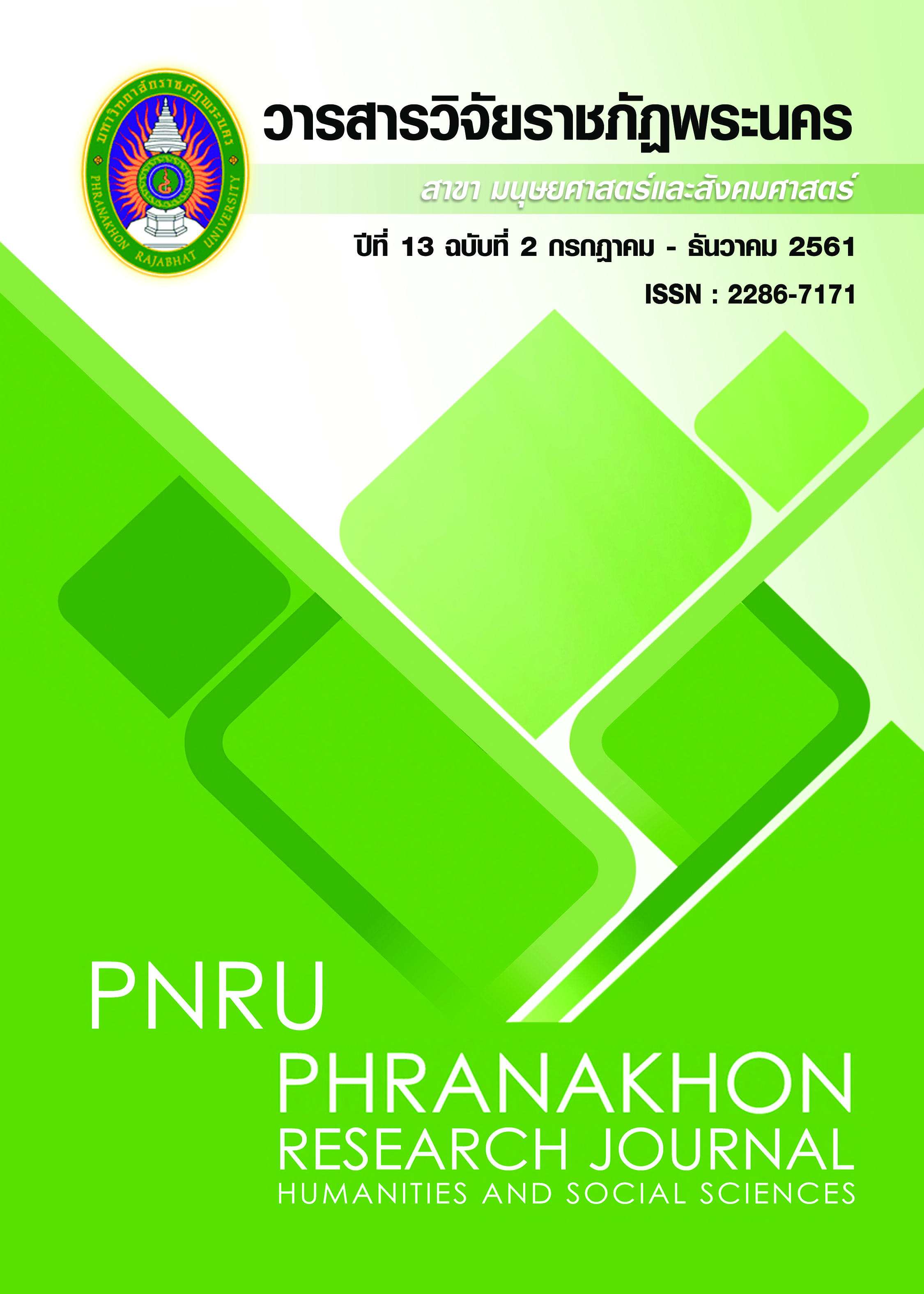GUIDELINES FOR DEVELOPING THE RELATION OF CULTURAL, SPORTS AND RECREATION TOURISM’S PRODUCTS AND SERVICES AMONG TOURISM ENTREPRENEURS IN BURIRAM, SURIN AND SISAKET PROVINCES
Main Article Content
Abstract
The objectives of this research were: to study the guidelines for developing the relation of cultural, sports and recreation tourism’s products and services among tourism entrepreneurs in Buriram, Surin and Sisaket Provinces, and to develop the guidelines via participatory planning workshops using the purposive sampling method of 150 samples in total selected with an expectation and/or a desire to participate in cultural, sports and recreation tourism enterprise network groups in Buriram, Surin and Sisaket Provinces. Fifty samples per province, and to examine the guidelines via group discussions among senior advisors and experts including eighty members of tourism associations and entrepreneurs in these three provinces who requested to join the network. The results showed that the guidelines for developing the relation of cultural, sports and recreation tourism’s products and services among the entrepreneurs in Buriram, Surin and Sisaket Provinces were divided into three main aspects: 1) the relation of travel routes for specific tourism groups, 2) The relation of cultural, sports and recreation travel programs, and 3) the establishment of standards of tourism services among the entrepreneurs.
Article Details
Each publish articles were copyright by Phranakorn Rajabhat University
Any contents which appeared in each articles in the journal were authors personal opinion. It did not relate to Phranakorn Rajabhat University and other instructors in the university. Each authors would take responsibility on their articles. If there are any mistake, the authors will take responsibility themselves
References
Ministry of Tourism and Sports. (2016). Sip Song Meuang Tong
Haam…Plaat Plus. Tourism Economic Review. 9 (October –
December): 48/67. (in Thai)
Alonso, A. D. (2016). The entrepreneurial role within a global firm
operating in a niche market. European Business Review. 28(2),
-136.
Ekman, P. (2015). The enterprise system revisited: how well does it
capture the company’s business network?. Journal of Business &
Industrial Marketing. 30(2), 208-217.
Ingvaldsen, J. A., Holtskog, H. & Ringen, G. (2013). Unlocking work
standards through systematic work observation: implications for
team supervision. Team Performance Management: An
International Journal. 19(5/6), 279-291.
Jin, B. & Jung, S. (2016). Toward a deeper understanding of the roles
of personal and business networks and market knowledge in
SMEs’ international performance. Journal of Small Business and
Enterprise Development. 23(3), 812-830.
Owusu, A. R. & Vaaland, I. T. (2016). A business network perspective
on local content in emerging African petroleum nations.
International Journal of Energy Sector Management. 10 (4),
-616.
Parrish, D. E., Cassill, L.N. & Oxenham, W. (2006) Niche market
strategy for a mature marketplace. Marketing Intelligence &
Planning. 24(7), 694-707.
Schermerhorn, J.R. (2011). Introduction to Management. Iowa : John
Wiley & Sons.
Toften, K. & Hammervoll, T. (2013,) Niche marketing research: status
and challenges. Marketing Intelligence & Planning. 31(3), 272-


